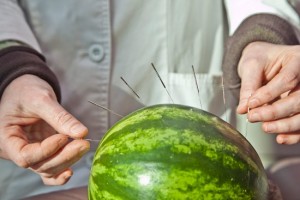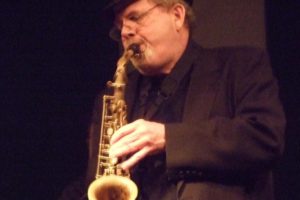Acupuncturists know that many symptoms caused by strokes — including paralysis, pain, and language disorders — can be reduced and resolved with acupuncture, and it is something acupuncturists commonly treat. It has been a leading treatment for stroke patients in China for a very long time. However, it is not a well-known stroke treatment in the USA because acupuncture is still relatively new to this country and because acupuncture’s effect on the brain function has not been adequately researched in the Western medicine world.
At Bastyr University in collaboration with the University of Washington in Seattle, researchers have figured out how to study electroacupuncture inside an MRI machine, enabling new investigation into stroke rehabilitation. Here is an excerpt of the Bastyr University’s January 27, 2014 article about the breakthrough research:

The Brain on Acupuncture: New Imaging Yields Insight for Stroke Recovery
The most common form of stroke occurs when a blockage stops the flow of blood to part of the brain, starving cells of oxygen. Restoring blood flow to the affected areas is thought to be crucial for helping patients recover the ability to do things like speak, walk and use their hands.
“We’re looking for a way to show that acupuncture, especially scalp electroacupuncture, can support stroke rehabilitation,” says Dr. Kathleen Lumiere, DAOM, MAc, Lac.
Electroacupuncture is common for stroke patients in China, where traditional medicine rests on the notion of qi (pronounced “chee”), the body’s underlying life force. Healers seek to restore the flow of qi through the body — some acupuncturists describe needle points as “gates” that needles can reopen. Electroacupuncture uses the same points, introducing mild currents as a more potent therapy for pain, muscle spasms or neurological issues.
As a clinician at Bastyr Center, Dr. Lumiere uses an electrotherapy standard well-studied in China. For stroke patients, she places two needles in the scalp near the motor cortex, which controls body movement. One needle sends a current of 2 hertz (two beats per second), mimicking the brain at sleep. The other needle sends a frequency of 100 hertz, a faster “invigorating” frequency. Patients often describe a tingling sensation, but rarely pain.
“The body acts like it’s sleeping,” Dr. Lumiere says. “It regenerates tissue, removes waste products, and facilitates healing rather profoundly.” Read full article and find out how a watermelon was key to enabling this new research!




